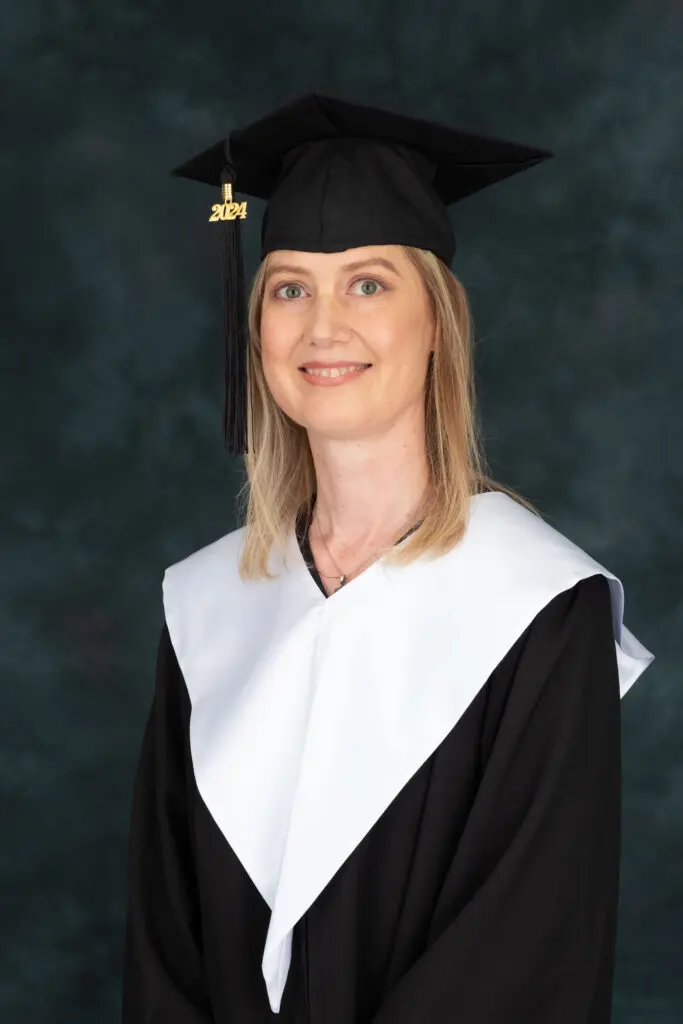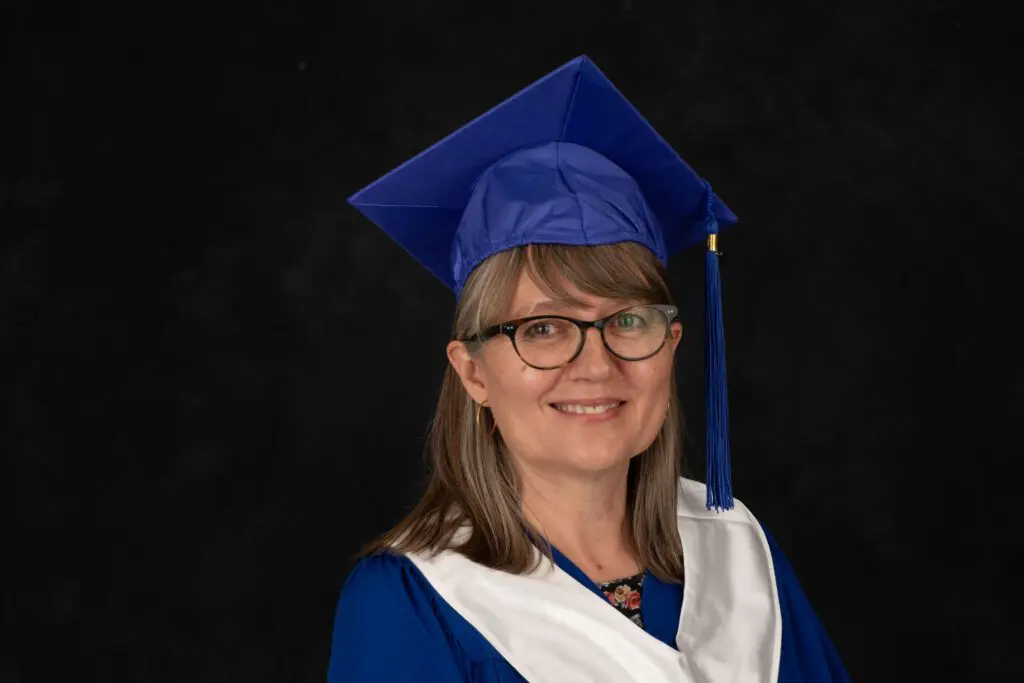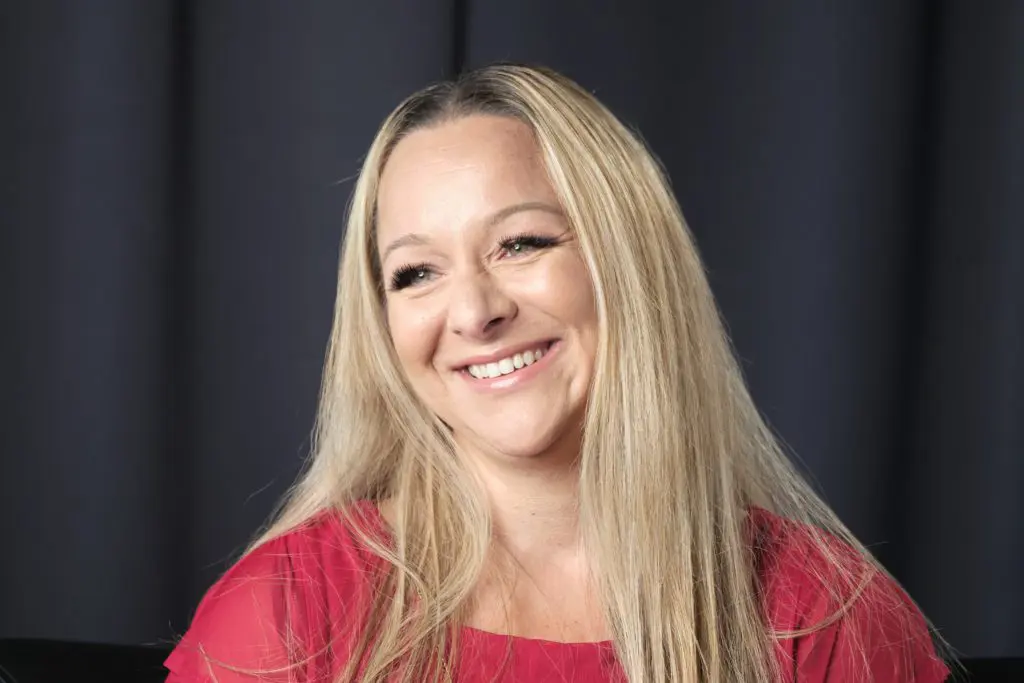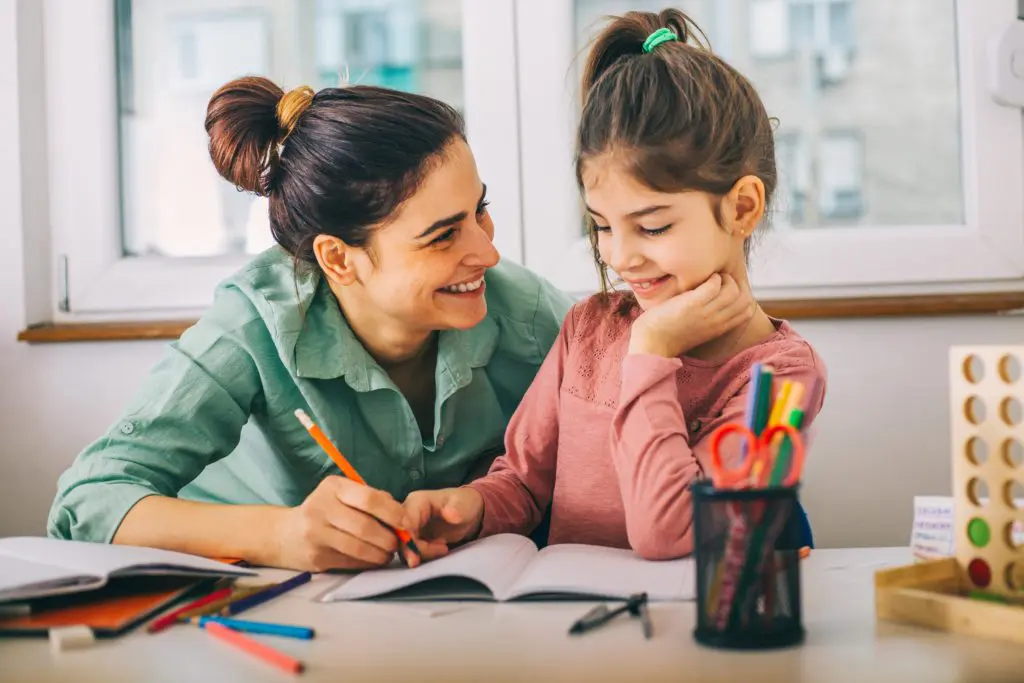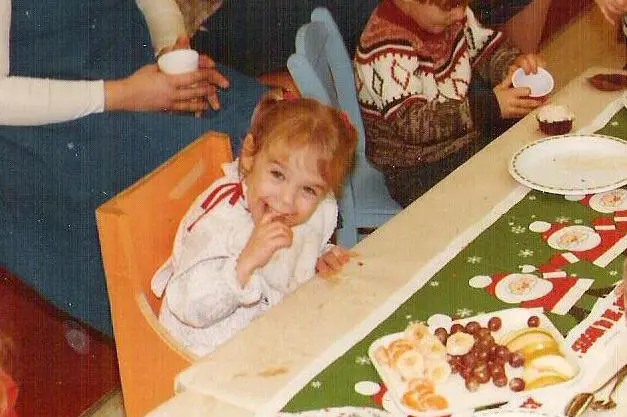In the field of education, labels like “special needs” and “learning disabled” are quickly falling out of fashion because they just don’t effectively encompass the diversity of today’s classrooms. Someone interested in, or pursuing early childhood education training understands that ALL students are exceptional in one way or another, and that each will approach the process of learning in different ways. Whether a student is struggling with dyslexia or reading a grade above average, engaging their attention requires careful planning on the part of teachers and their assistants.
The Inclusive, Diverse Classroom
An increasingly popular trend in education is “neurodiversity,” which suggests that teachers see special needs students in terms of diversity as opposed to disability. This positive outlook is beginning to change the way those with educational assistant training approach and support the students they work with.
If you are thinking about pursuing teacher’s assistant training, you probably won’t have the authority to alter the lesson plan once you start working in a classroom. However, the difference you can make engaging students on a personal level can be far more beneficial emotionally and educationally no matter which side of the desk you’re on.
Patience and Flexibility
Assistants who work with diverse students should first recognize that there is no one-size-fits-all approach to teaching. When students become bored, agitated, or otherwise disengaged, they do for a range of reasons. Whether you’re considering working at a daycare or with older students, patience and flexibility will be key in finding ways to reach and connect with students, and to tailor exercises and tasks to their unique circumstances and needs.
Stay Current With Research
In order for educators to truly advocate for their students and best serve their needs, they first must develop an understanding of those needs. Early childhood educators and assistants should keep an eye on emerging research about how best to connect with different kinds of learners. This would include examining their own teaching habits, weaknesses, and finding new ways to demonstrate key concepts. Sticking to one way of teaching, year after year, will make it very difficult to accommodate a room full of students with wide-ranging needs.
Connecting With Students’ Interests
Often, it’s helpful to students if you relate the material to something from their own lives. Whenever possible, using specific every-day or culturally relevant examples will help them see key concepts more clearly – and from a personal perspective. This will also help the student connect with the teacher through finding a common ground.
If a child has a particular fascination, hobby, or area of expertise, incorporate their curiosities into your teaching. Allow students to introduce their favourite television character for literacy lessons, or help them understand a new math concept using an example from one of their hobbies. Connecting with students’ interests has so many advantages when it comes to customizing learning solutions in ways that truly engage and support exceptional learners.
What techniques would you use to engage a classroom full of diverse students?

